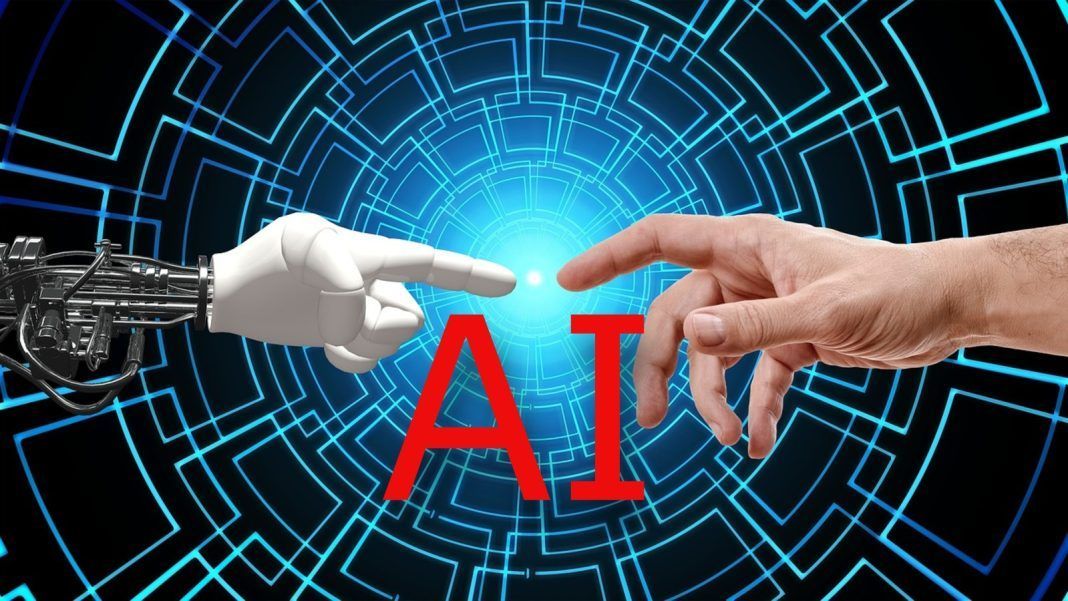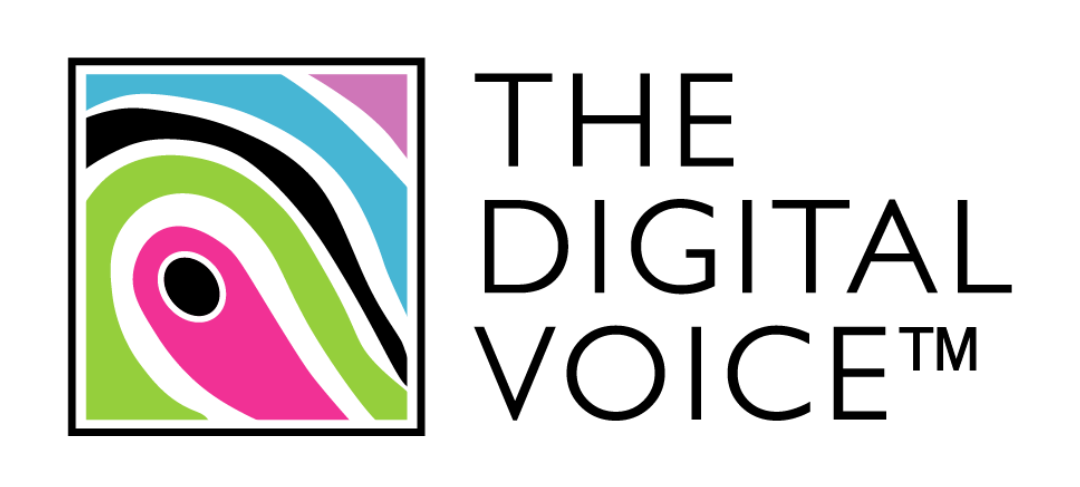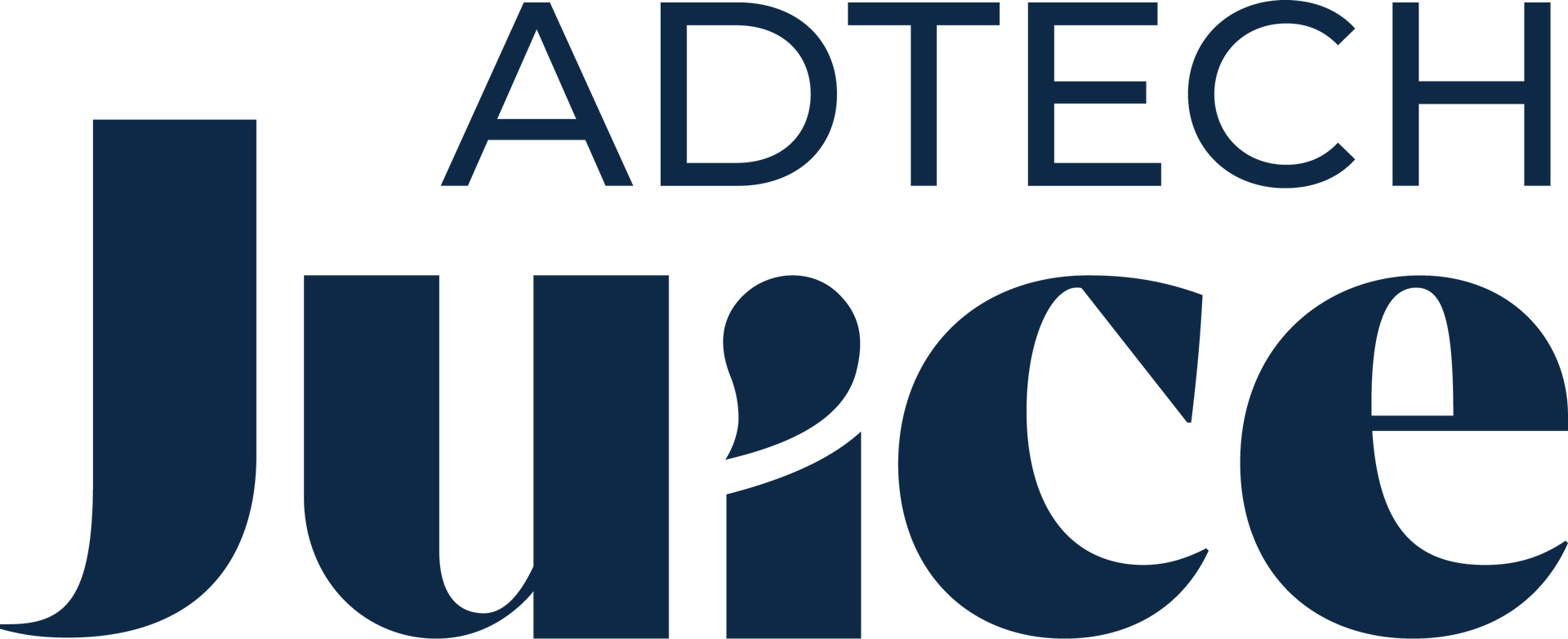It’s human intention that fuels AI, not the other way round

Rumours of the death of human usefulness at the hands of artificial intelligence have been greatly exaggerated, especially in adland.
In fact, it’s the reverse, says Lauren Barnett, Head of UK Sales at Samsung Ads, who insists the rapid rise of the new technology still has its limitations, and will continue to be fuelled by human intention and purpose…
Lauren Barnett, Samsung Ads.
Artificial intelligence in programmatic advertising is nothing new. For years, unbelievably sophisticated ML (machine learning) models have been trained on billions of data points each day to inform critical revenue decisions.
But today, AI is dominating the conversation around achieving a much broader level of efficiency across digital advertising – for example using agentic AI to streamline workflows or LLMs (large language models) to make sense of complex reports.
But alongside the hype comes anxiety: that AI will replace the human touch and that creativity will be lost. In fact, the reality sits somewhere between the two extremes.
AI is here to stay, and yes, it’s transforming workflows. But it’s not making revenue and marketing teams redundant. And as I mentioned recently on a panel at MAD//Fest, that’s because AI is only as effective as the human intention behind it.
So how is the adtech world, and particularly Connected TV (CTV) – balancing AI with the human element? And what does a productive partnership between the two actually look like?
Moving beyond scale to strategy: a lesson in precision
While AI can perform everyday tasks at scale, it’s important to remember that when it makes mistakes, those will also often be at scale.
As my co-panelist James Macdonald from Limelight Inc pointed out, “if you’re just a degree off with your AI, the outcomes will be 10 degrees off – it will have a massive impact”.
So it’s really human intention and supervision that ensure AI is deployed in a useful way, rather than high-volume outreach with little targeting finesse.
Take recruitment as an example – how often do we receive completely irrelevant job opportunities based on out-of-date or inaccurate information?
I still receive openings for casual bar work a number of years after leaving university, due to recruitment agencies playing the numbers game and using automation tools to flood the workforce – or half the LinkedIn population.
This is automation at its laziest – prioritising scale over strategy – and it happens in advertising too. If automation is deployed without human input or oversight, it essentially generates advertising spam.
As MarTech aptly put it: “while automation enables volume, it cannot replace strategic design or nuanced messaging.”
This is especially important in programmatic CTV. Without human guidance, AI can churn out generic placements at scale, but it will miss the contextual, behavioural, and emotional cues that actually drive viewer engagement.
Finding the AI sweet spot in advertising
The CTV-first model gives us a unique lens into how people discover content – and brands – on the biggest screen in the house.
For many viewers, the TV interface is now a discovery engine, with 37% of viewers expecting it to suggest content that aligns with their interests.
At the same time, we often see brands coming to us with a very clear set of target audience demographics in mind. But that initial targeting only scratches the surface.
The real opportunity lies in uncovering adjacent or unexpected audiences with similar behavioural patterns or content affinities – something only possible through sophisticated AI models fed by rich, cross-device data.
The ability to overlay vast ACR-based (Automatic Content Recognition) CTV data with mobile insights opens up new high-potential audience segments that human media planning teams may not have identified.
For example, when one content partner asked us to build lookalike models based on users who had previously clicked through, they saw a 58% increase in app open rates and a 13% drop in cost per acquisition.
That’s the AI advantage: scalable personalisation that drives real-world outcomes.
But even these results didn’t happen by letting the machine run wild. They came from careful calibration of AI tools by media strategists who understood what the client needed and where the untapped value lay.
Fuelling AI with human intention
Technology can tell us what audiences are doing and when, but it can’t fully explain why. That’s still the domain of human insight.
Advertising, and especially CTV, thrives when it taps into cultural relevance and shared emotion.
Just look at Glastonbury. Every year, hundreds of thousands gather for a shared live experience that feels personal, even magical.
Alongside this, every screen we looked at over that weekend showed that desire for human connection hasn’t changed.
If anything, it has intensified, and CTV is uniquely positioned to deliver those shared, high-impact moments in a personalised way – it provides the perfect backdrop for brands to understand what makes people tick, and to tap into human emotions in order to attract and retain their audiences.
But it requires storytelling rooted in empathy, not just data. So while AI can help identify the right time, place, and audience for an ad, the message still needs to feel crafted, with intention, creativity, and a deep understanding of human motivation.
Those are things no algorithm can replicate.
When AI is directed by smart strategic thinking, it becomes an engine for discovery, relevance, and performance. It doesn’t replace the marketer; it amplifies what they do best.
So yes, AI is a powerful tool. But it is human purpose and insight that should always fuel the system.
Also published in: Mediashotz



